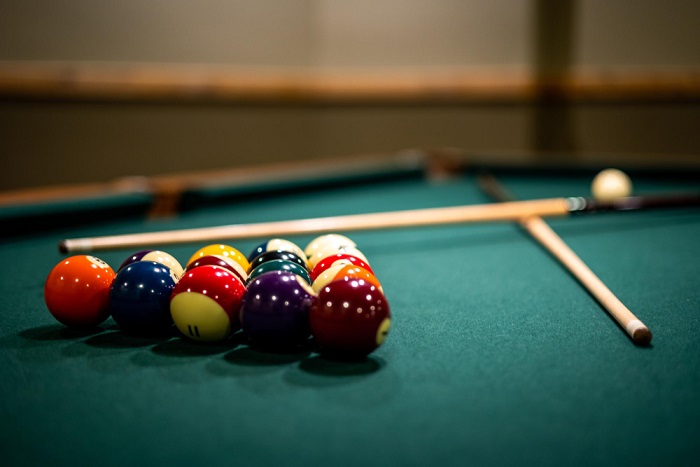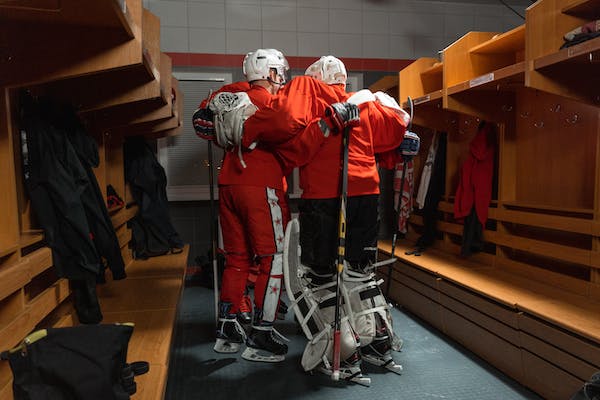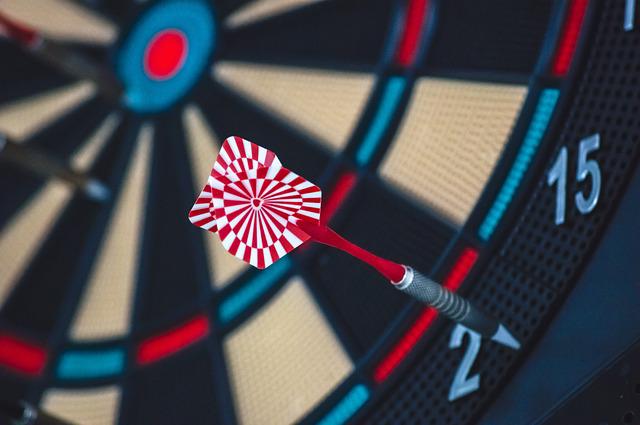Welcome to the world of billiards, where the art of cue sports combines skill, strategy, and precision. In this article, we will delve into the intricacies of pool cue anatomy, helping you understand the different components that make up this essential tool for any billiard player. Whether you are a seasoned player or just starting, knowing the anatomy of a pool cue can greatly enhance your gameplay.
Understanding the Components of a Pool Cue
A pool cue is more than just a stick to hit the balls; it’s a carefully crafted instrument designed to optimize your performance. Let’s explore the key components that make up a pool cue and their functions:
1. Tip
The tip of the pool cues is arguably the most crucial part, as it directly contacts the cue ball. Usually made of leather, the tip’s hardness can vary, affecting your cue ball control. A softer tip provides more grip and spin, while a harder tip offers better accuracy and reduced miscues.
2. Ferrule
Situated just below the tip, the ferrule acts as a protective layer between the tip and the shaft. It absorbs shock when you strike the cue ball and helps to transfer energy efficiently.
3. Shaft
The shaft is the long, slender part of the cue. It is typically made of hardwood, like maple, and determines the cue’s stiffness and flexibility. A stiffer shaft offers more control, while a more flexible one allows for better spin.
4. Joint
The joint is where the shaft and butt of the cue connect. There are different joint styles, such as the 3/8 x 10 and the quick-release joint, each offering distinct advantages. The joint plays a crucial role in cue balance and transfer of power.
5. Butt
The butt is the thick, rear end of the pool cue. Often crafted from various types of wood, it provides weight and stability to the cue. The butt can feature intricate designs, inlays, and wraps for aesthetic and functional purposes.
6. Wrap
Wraps offer grip and control over the cue. They come in various materials, like leather or linen, each providing a different feel. The wrap also adds a touch of personalization to your cue.
7. Forearm
The forearm is the upper part of the cue’s butt, and it usually displays the cue’s design and artwork. It serves as a visual representation of your cue’s personality and style.
How Each Component Impacts Your Gameplay
Understanding the role of each pool cue component is crucial for enhancing your gameplay. Let’s explore how these parts influence your performance:
1. Tip and Ferrule
The tip and ferrule combination greatly affects how you strike the cue ball. The right tip hardness and proper maintenance ensure consistent ball control and reduce the risk of miscues.
2. Shaft
The shaft’s stiffness and flexibility influence your cue’s deflection and how you apply spin on the cue ball. Choose a shaft that complements your playing style for optimal results.
3. Joint
The joint type influences cue balance and your ability to apply power and control to your shots. Experiment with different joint styles to find the one that suits you best.
4. Butt and Wrap
The butt’s weight and the feel of the wrap impact your grip and stability during shots. A comfortable wrap that complements the cue’s weight can lead to more consistent and accurate strokes.
5. Forearm and Butt Cap
While the forearm’s design is mostly aesthetic, it can positively impact your mental game by boosting confidence and personal attachment to your cue. The butt cap protects the cue and ensures it remains in pristine condition.
6. Bumper
Though seemingly simple, the bumper’s role is essential for preserving the integrity of your cue. It prevents damage when the cue comes into contact with hard surfaces.
Conclusion
Mastering the game of billiards involves honing your skills, strategy, and equipment knowledge. Understanding the anatomy of a pool cue and its components can undoubtedly elevate your gameplay. From the tip to the bumper, each part plays a critical role in the cue’s overall performance. Remember to choose a cue that complements your playing style and feels comfortable in your hands. Embrace the unique personality of your cue, and let it become an extension of your skills on the billiard table.





